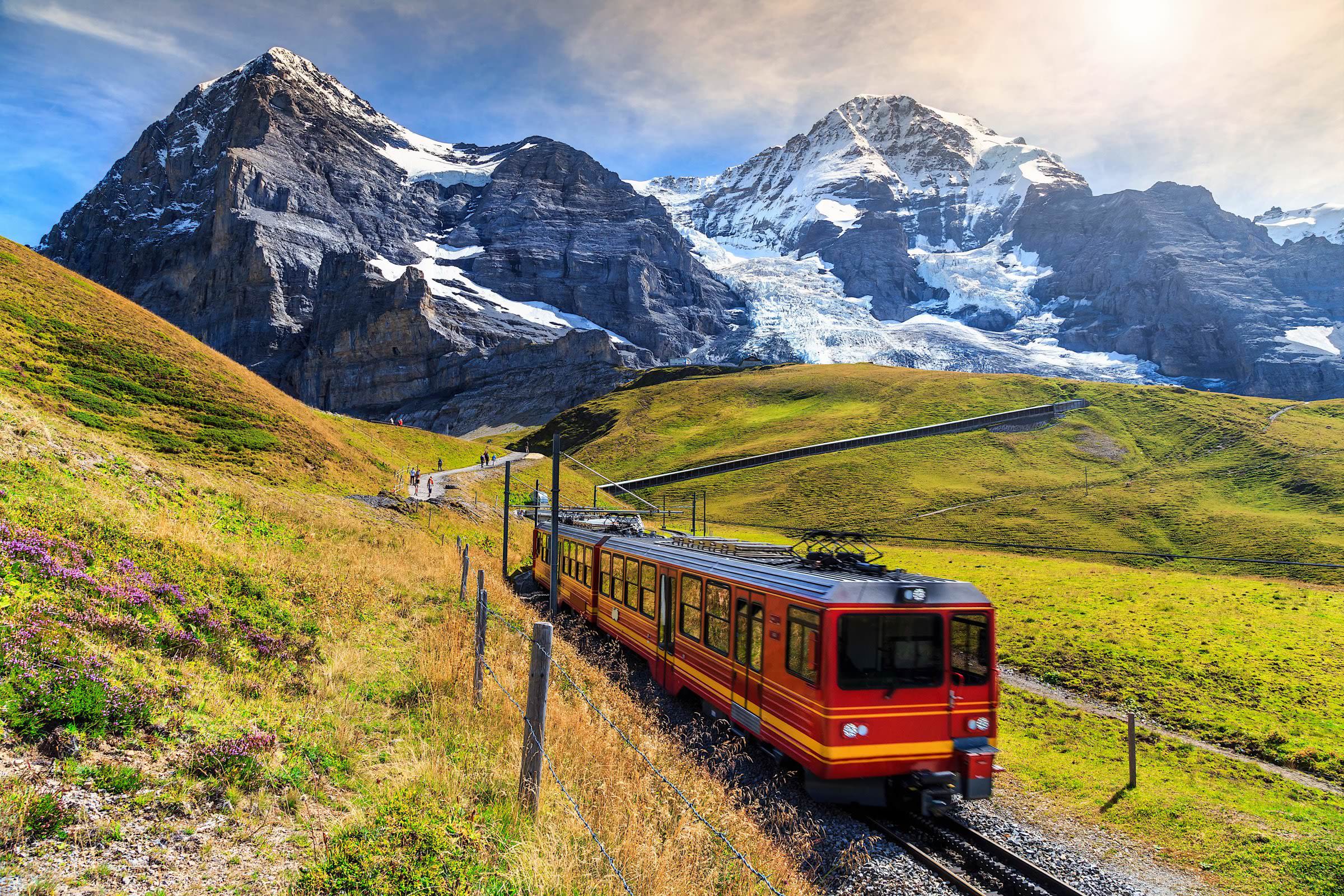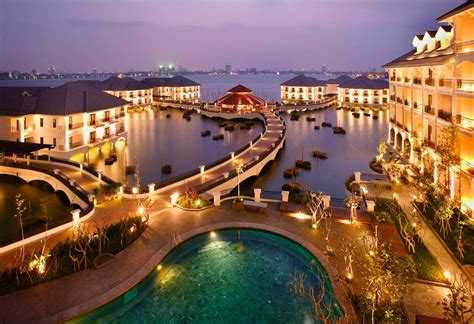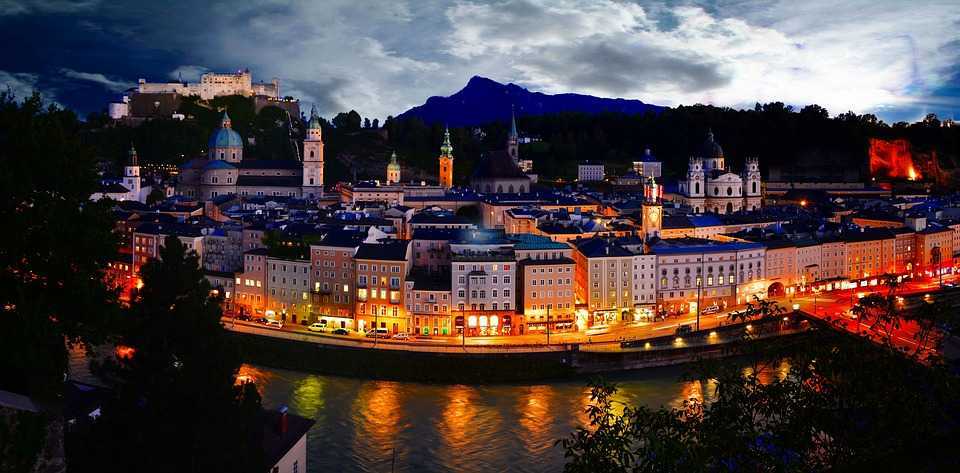A maze of corridors, stone work and carvings is what awaits visitors taking a rendezvous through the great Preah Khan Temple. Being accounted for as one of the largest complexes in the Angkor region, Preah Khan is a genuine counterpart to the ‘Ta Prohm,’ temple. Tourists derive a strange connection between both the temples, as they have similar towered compounded enclosures. Though similar in many aspects and contrary to its equivalent, Preah Khan remains in a good state, owing to the consistent preservation efforts of the ‘World Monuments Fund.’
History of the Preah Khan
It believed that the ‘Preah Khan Temple,’ was built by King Jayavarman VII and served as a substitute for the king, during the construction of the Angkor Thom. An enormous ‘Stone Stele,’ has given scholars and archaeologists a deeper understanding of the actual functioning of the temple. Though originally located in the Eastern enclosure of the temple, Preah Khan is now present in the ‘Angkor Conservation,’ of Siem Reap. The temple was also devoted to 515 divinities and was home to 18 major festivals throughout the year.

The temple itself is constructed within an enclosing of 700 to 800 meters and is compounded by an extremely large area. There are four pathways that lead tourists to the temple gates, walkways that are bordered by an exceptional depiction of the ‘Churning of the Ocean of Milk.’ Visible from the Central Sanctuary are vaulted galleries, possessing walls that were held in place by a number of stones found etched together.
Architecture of Preah Khan Temple
Preah Khan Temple is considered to be a fusion temple and has a number of varied entrances in cardinal directions. The eastern variation of the temple is devoted to ‘Mahayana Buddhism,’ while the others are dedicated to ‘Lord Shiva, Vishnu and Brahma,’ accompanied by a large number of smaller entrances, emphasizing the unequal nature of Hinduism as a religion.
The Preah Khan Stele
It is believed that Preah Khan Temple Stele was initially discovered by ‘Maurice Glaize,’ the renowned French Conservator of Angkor. Measuring about two meters by 0.60 meters, the stele is found to have been inscribed on all sides.
The stele possesses a great wealth of information about the temple history, posses an invocation to ‘King Lokeshvara and Prajnaparamita,’ and also goes on to describe the, ‘Three Jewels of Buddhism,’ namely; Dharma (Buddhist Teachings),Sangha (Budhhist Community) and Buddha himself.
The writings praise King Jayavarman VII and further declares that the King successfully founded ‘Nagara Jayasri – The City of the Sacred Sword.’ The text explains how about one lakh of people were committed to the service of the temple; dancers, monks, farmers – each individual had a part to play.
Northern and Eastern approach to the Preah Khan Temple
The Preah Khan Temple consists of four gates that form the entrances to the temple complex and each gate has its own pathway to the moat. The Eastern entrance of the temple; resembles ruins of a landing site for a number of small boats and two lion structures standing guard. The entrance is located pier to the western bank of the Jayatataka Baray. Archaeologists are convinced of the theory stating that the site was used by the King, during his departure to the ‘Neak Pean Temple,’ present at the reservoir center of the temple complex.
Fondly known as the, ‘House of Fire,’ the Northern part of the temple remains similar in style and construction to the houses of the equivalent names, located at the ‘Ta Prohm and Banteay Chhmar.’ Biographers believe that the houses were used as a comfortable place of rest for travellers.
The Four Enclosures
Preah Khan is encompassed of a complex structure, enclosing within itself four distinct enclosures with well thought pathways leading over to the moat.
Accompanied with wooden houses across the wall of the enclosure, archaeologists are of a belief that the houses of servants and villagers were constructed here. This enclosure is the outer wall of the temple complex and is the furthest to the temple.
Having a correspondence to the ‘Ta Prohm and Banteay Kdei,’ the Preah Khan Temple has encompassed an exceptional and intricate ‘Hall of Dancers,’ truly a magnificent piece of architecture to the eye. It is found enclosed within the third enclosure, located beyond the Gopura. Tourists also witness beautiful carvings just above the entrance doors of the enclosure.
Tourists are briefed as to how the Preah Khan contains six sanctuary buildings that have been built within the temple complex, found present between the narrow gap of the first and second enclosure. The second wall of the Preah Khan is positioned in the Eastern part of the temple.
Known to be the most sacred and consecrated part of the temple, is the ‘Inner Sanctuary,’ of the temple. This forms the first enclosure and is decorated with a wide range of images of Buddha all through the walls of the temple, tombs and small chapels that are present.
How to reach Preah Khan Temple
Tourists must be well informed that the ‘Preah Khan,’ forms a small portion of the Grand Circuit present within the ‘Angkor Archaeological Park.’ If you’re looking for a reasonable mode to commute, then the most convenient way for you would be to take a ‘Tuk – Tuk,’ all the way to the main temple. The smaller circuit of the temple can be easily covered, however the larger circuit remains a task in itself.
Preah Khan is easily accessible for tourists from the city of Siem Reap and can be easily toured even with limited mobility in hand.
Preah Khan Temple Entry Fees
The Preah Khan by itself does not have a separate entry fee, visitors will have to avail entry tickets to the Angkor Park. The cost about 37 dollars for a one day pass, 62 dollars for the three-day pass and 72 dollars for the seven-day pass.
Preah Khan Temple Opening Hours
Tourists are permitted to visit both the Angkor Park and the Preah Khan Temple between 05:00 am and 06:00 pm on a daily basis.
Tips for visiting Preah Khan Temple
- Please remember that you’re in for a day with a lot of walking and the weather may be a bit humid, so please wear comfortable clothes / shoes.
- The hot warm weather is also a sole recipe for dehydration, thus tourists must ensure they keep themselves hydrated and drink a lot of water throughout the day.
Thrilled about your Cambodia travel? Check out some Cambodia holiday packages offered by Pickyourtrail and customise it to your likes, include Preah Khan temple to your itinerary and make merry on your Cambodia vacation!
Related Itineraries

Stunning 6 Nights Northern Lights Packages
- Flights excluded
- 4 star accommodations
- 3 activities
- Transfers excluded
₹ 64,954
Starting price/person

Fantastic 6 Nights Finland Northern Lights Tour Package
- Flights excluded
- 4 star accommodations
- 2 activities
- Shared transfer
₹ 69,369
Starting price/person

Beautiful 10 Nights Italy Honeymoon Package
- Flights included
- 4 star accommodations
- 9 activities
- Private transfer
₹ 1,32,869
Starting price/person

Ideal 6 day Switzerland Tour Packages for Family
- Flights included
- 3 star accommodations
- 3 activities
- Shared transfer
₹ 99,112
Starting price/person

Romantic 8 Nights Bali and Vietnam Honeymoon Packages
- Flights included
- 4 star accommodations
- 6 activities
- Shared transfer
₹ 99,947
Starting price/person

Gorgeous 9 Nights Singapore Bali Honeymoon Packages
- Flights excluded
- 4.5 star accommodations
- 6 activities
- Shared transfer
₹ 90,953
Starting price/person

Magical 9 Nights Germany Vacation Packages
- Flights excluded
- 4.5 star accommodations
- 8 activities
- Private transfer
₹ 79,832
Starting price/person

Scenic 10 Nights Greece & Turkey Vacation Packages
- Flights excluded
- 5 star accommodations
- 6 activities
- Shared transfer
₹ 60,718
Starting price/person

Magical 7 Nights Croatia Tour Packages
- Flights excluded
- 4 star accommodations
- 10 activities
- Shared transfer
₹ 57,778
Starting price/person

Beautiful 10 Nights Amsterdam Tour Package
- Flights excluded
- 4 star accommodations
- 8 activities
- Private transfer
₹ 1,84,115
Starting price/person



